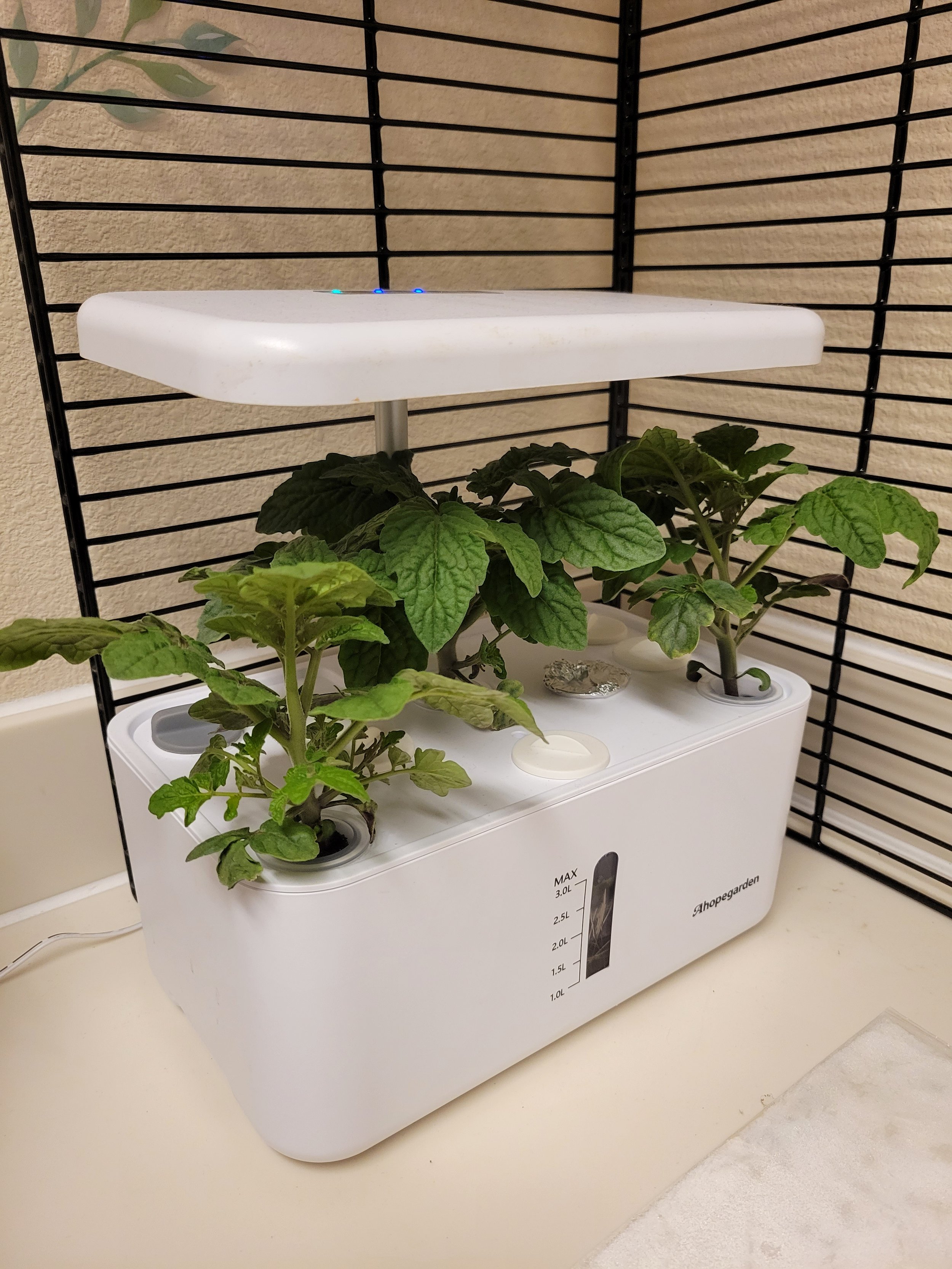Indoor Gardening: Growing Various Plants Hydroponically
Indoor gardening, powered by hydroponics, is a game-changer for plant enthusiasts and urban dwellers alike. This method allows you to cultivate a diverse range of plants without soil, making it an ideal choice for small spaces and year-round gardening. In this guide, we'll delve into the world of indoor hydroponics, including vertical gardens, the nutrient film technique, aeroponics, and self-contained hydroponics systems. Let's explore the types of plants that thrive in these setups and how to group them based on their nutrient requirements.
The Best Plants For Indoor Hydroponics:
1. Leafy Greens: Indoor gardening shines when it comes to leafy vegetables like lettuce, kale, spinach, and Swiss chard. Their straightforward nutrient needs make them a perfect fit for hydroponic systems.
2. Herbs: Aromatic herbs such as basil, mint, cilantro, and parsley flourish indoors. You can create a vertical garden of herbs to maximize your space and culinary options.
3. Tomatoes: Indoor tomato cultivation is a rewarding experience. Using the nutrient film technique or aeroponics, you can nurture tomato plants in vertical gardens or dedicated hydroponic setups. Growing indoors? Dwarf tomatoes such as Tiny Tim seeds are easily managed and produce delicious cherry tomatoes.
4. Cucumbers: Grow cucumbers vertically indoors, using trellis systems to support their vines. They thrive in hydroponic environments when provided with the right nutrients.
5. Peppers: Bell peppers and chili peppers can be grown indoors hydroponically. Consider a self-contained hydroponics system to maintain their specific nutrient requirements.
6. Strawberries: Indoor vertical gardens are an excellent choice for hydroponic strawberry cultivation. You can control light and temperature for optimal growth.
7. Microgreens: These nutrient-packed plants are well-suited for indoor hydroponics. You can grow a variety of microgreens in trays or shelves within your vertical garden.
Want more ideas? Check out the seed selection at johnnyseeds.com. They offer hydroponic specific variants for everyday produce you can surely grow indoors.
Grouping Plants Based on Nutrient Requirements:
To achieve success in indoor hydroponic gardening, it's essential to group plants with similar nutrient requirements together. This ensures that each plant receives the specific balance of essential nutrients it needs. Here's a breakdown of how to group them:
1. Leafy Greens and Herbs: These plants often have compatible nutrient requirements, making them suitable companions in your indoor garden.
2. Fruiting Plants (Tomatoes, Cucumbers, Peppers): Fruiting plants demand higher nutrient levels, especially potassium and phosphorus. Dedicate a separate hydroponic system, such as a vertical garden, for these varieties. We’ve experimented with a variety of indoor tomatoes, read about the methods and lessons we’ve learned in our guides
3. Strawberries: Due to their unique nutrient needs, it's advisable to grow strawberries in a dedicated vertical garden or with other fruiting plants. Strawberries grow great in a nutrient film technique (NFT) hydroponic system. The shallow gutters are enough to coat the roots and house the plants. Additionally, NFT systems capitalize on strawberries propagation methods. Taking runners from mature plants and propagating or “cloning” them within the channels is a great option to increase the number of plants by using mature, already growing strawberries. Check out our Vertical NFT System, built with simplicity and DIY in mind, with the added value of vertical growth and commercial grade NFT channels.
4. Microgreens: Microgreens have short growth cycles and specific nutrient requirements. Consider individual trays or shelves within your indoor gardening setup for optimal results.
Exploring Hydroponic Techniques:
Indoor hydroponic gardening offers various techniques to choose from:
1. Nutrient Film Technique (NFT): NFT systems use a thin film of nutrient-rich water to deliver essential nutrients to plant roots. This method is ideal for compact indoor setups.
2. Aeroponics: Aeroponic systems mist nutrient solutions directly onto plant roots suspended in air. They promote rapid growth and are well-suited for vertical gardens. We also offer a compact 6 site aeroponic tote container.
3. Self-Contained Hydroponics Systems: These systems, often equipped with automated controls, are perfect for indoor gardening enthusiasts seeking convenience and precise nutrient management.
See our post comparing NFT, Countertop systems, and Grow Towers!
Conclusion
By understanding the nutrient needs of different plants and selecting the right hydroponic technique, you can create a flourishing indoor garden that provides a continuous harvest of your favorite crops, no matter the season. Read our guide about EC and pH balance!
Indoor hydroponic gardening opens up a world of possibilities, making it easier than ever to enjoy fresh produce at your fingertips. Embrace the power of hydroponics and transform your living space into a green oasis!




